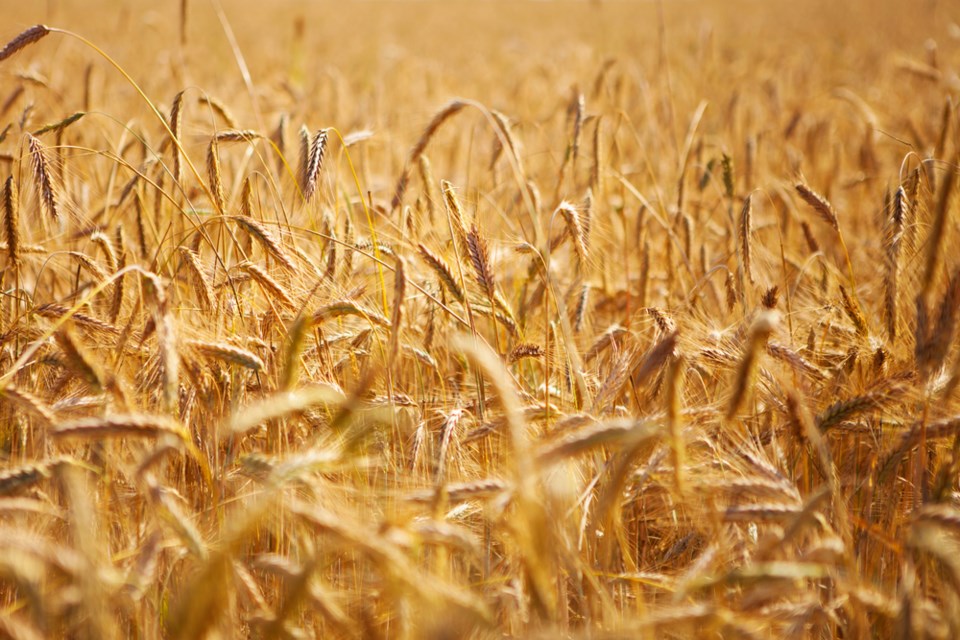Isolated rainfall resulted in varying amounts of precipitation over the past week with accumulations ranging from 0 mm to 41.2 mm. The western portions of the Southwest and Northwest regions received the most rain over the past seven days. The highest accumulation of rainfall was at Ruthenia (41.2 mm).
Southwest
Cooler temperatures at the start of the week and continuing throughout the week, especially in the evenings. Rainfall on the weekend will help crops fill and improve pasture, and smoky conditions continued to provide some relief. Most cereal crops are sprayed with fungicide, and producers continued to apply fungicide to canola.
Winter wheat and fall rye are in the head fill stage, with several fields starting to turn, likely due to the dry conditions. Spring cereals are in the head fill stage, and spraying for disease is complete. Barley and oats are filling well.
Most canola crops are flowering, with early-seeded crops going out of bloom and pods developing. Several fields received fungicide applications over the past week. There are no major insect concerns yet, but producers are monitoring fields closely.
Soybeans are at the R1 to R2 growth stages. The crops look fair but require rain, with many acres showing leaves flipping over to tolerate heat and moisture stress. Some late weed growth is present in areas where stands are thin. Nodulation generally appears good.
Most peas are flowering and podding in many areas. Producers have completed the first fungicide application for disease management, while some are assessing the timing for a second application if needed. Aphids and related damage are also being monitored.
Corn is in the pre-tassel stage, approximately V7, with some tassels starting to emerge. The crop is dark green and weathering the drought well; however, light sandy soils without rainfall are showing severe signs of stress.
Flax crops are in the early flower stage but are not as tall as usual. Sunflowers are near or at the R1 stage, with some nice crops observed.
Northwest
Crops benefited from a break in high temperatures. Some localized hail in the Swan Valley area, but extent of crop damage is currently unknown. Where moisture is limited and/or lighter soils, crops are showing symptoms of stress. Fungicide applications continue, in later seeded crops that have reached the appropriate stage.
Fall rye and winter wheat crops continue in the soft dough stage and are looking good.
Spring wheat crops are headed into the milk stage, while some later seeded crops continue behind.
Field peas are mostly looking good and are in the R3 to R4 stage.
Canola crops continue varied across the region. Depending on seeding date and moisture conditions for germination, crop stages differ greatly. The majority of crops are in the flower/pod development stage, while most advanced crops are wrapping up flowering. Recent high temperatures have caused some pod abortion.
Soybean crops are growing nicely, and most advanced crops are at R3 stage.
There are some reports of grasshopper concerns, with some fields needing to be sprayed.
(Government of Manitoba news release)



